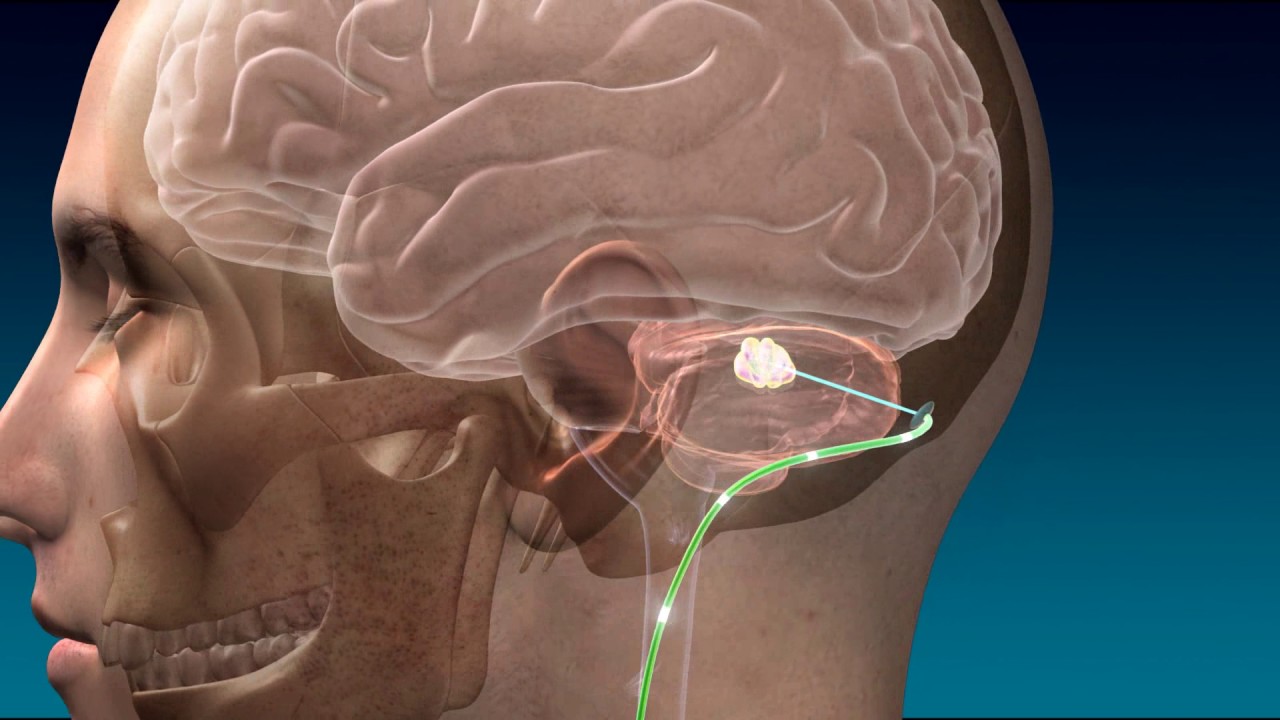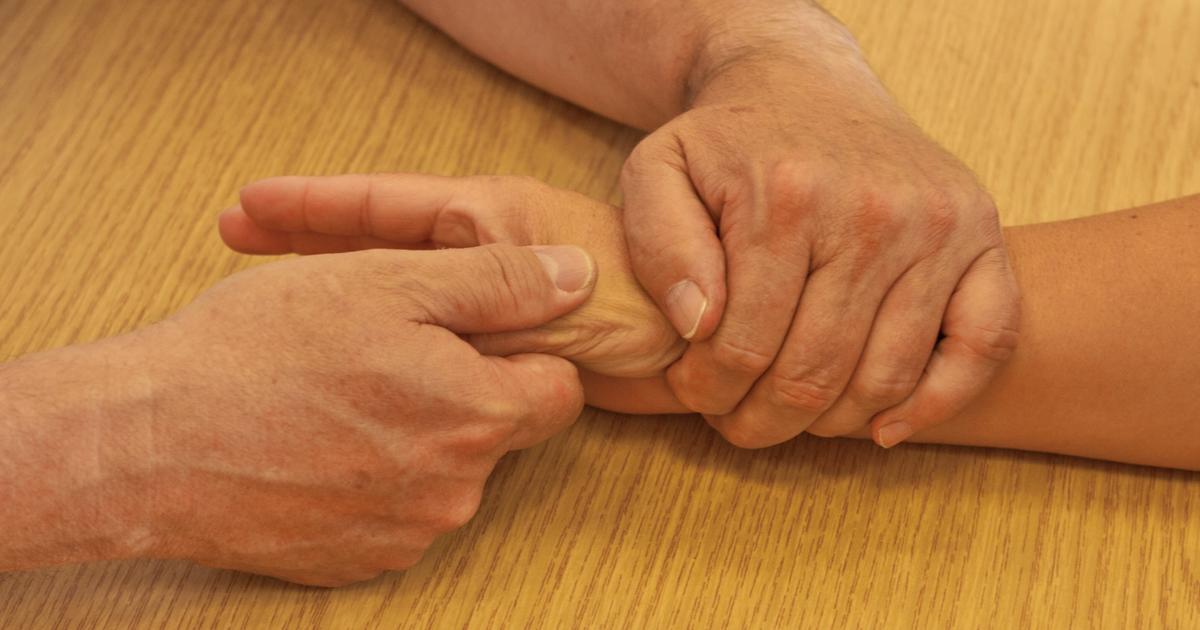Guide To Essential Tremor Treatment
Essential tremor is a movement disorder characterized by rhythmic, involuntary shaking or trembling in the hands or other parts of the body. Other neurological symptoms do not accompany essential tremor and can be used to distinguish it from other movement disorders. The involuntary shaking from essential tremor is not common during rest. It is more likely to occur when the affected muscles are in use or are opposing the force of gravity. Other muscles in the body that may exhibit essential tremor are those located in the head, neck, face, and trunk. While the symptoms of essential tremor do not shorten a patient's lifespan, it can interfere with their quality of life. Diagnosis is made with a process of elimination of other disorders that can cause tremors. A neurological examination and performance tests may also be helpful.
There are several options for essential tremor treatment. Get to know them now.
Botox Injections

An individual who has essential tremor may choose to have Botox injections to treat their symptoms. A Botox injection is an injection with botulinum toxin that is used to temporarily inhibit the movement of certain muscles. This toxin comes from a microbe responsible for a form of food poisoning referred to as botulism. Botulinum toxin works by producing a disruption in the transmissions between the affected nerve and muscle, which causes the muscle to become weakened. To be effective, a Botox injection is typically needed to treat hand, voice, or head tremors once every three months. Botox injections can work well for patients who have essential tremor isolated to a few localized muscles, as its efficacy decreases as the number of muscles affected by essential tremors increases. A highly individualized, careful, and dynamic evaluation of essential tremor and the muscles affected are needed to select the dosage and location of the Botox injections with accuracy.
Read more about the treatment options for essential tremor now.
Anti-Seizure Medication

Anti-seizure medications may be utilized for long term treatment of essential tremor patients to manage their symptoms. If the preferred treatment with beta-blocker medication is ineffective for a patient's essential tremor or contraindicated by another condition, primidone may be utilized. Primidone is used in patients who have seizures to reduce their frequency. It is not clear how primidone helps with essential tremor symptoms, however, multiple studies have proven primidone to be just as effective as propranolol in essential tremor. One does of primidone can help relieve symptoms for up to twenty-four hours. There is a chance a patient will experience a buildup in their tolerance after using the medication for a year. Out of all patients who take primidone and propranolol to manage their essential tremor symptoms, between twenty-five and fifty percent will not respond to these medications. In these cases, another anti-seizure medication called topiramate may be utilized.
Uncover more ways to treat essential tremor now.
Deep Brain Stimulation

Deep brain stimulation is a treatment method used for a wide range of disorders that affect an individual's movement, including essential tremor. The thalamus is a structure seated deep inside of an individual's brain that coordinates and dictates muscle activity. Deep brain stimulation is a way to deactivate the abnormalities in a patient's thalamus that produce their essential tremor. This treatment involves a surgical procedure where specialized electrodes are installed in the thalamus. These electrodes are attached with wires to a type of pacemaker or impulse generator installed just under the skin of an individual's chest. When this device is operational, it transmits painless and continuous electrical impulses to the thalamus that counteract the impulses responsible for the tremors. The outcome is said to be just as effective as thalamotomy, which is a surgery that actually involves destroying parts of the brain. The electrodes will need replacement every three to five years.
Continue reading to reveal more essential tremor treatments now.
Occupational Therapy

An individual affected by essential tremor may choose to have occupational therapy as a part of their treatment. An occupational therapist who specializes in neurological conditions can assist essential tremor patients with learning how to complete tasks differently and look at the way things work positively. An occupational therapist can make suggestions about completing a task differently than the normal way. An individual with essential tremor may need to stabilize the object they are using in the task by using mounting tools, non-slick surfaces, and suction cups. They can also decrease the demands of fine-motor skills by sitting instead of standing, taking frequent rest breaks, and sliding objects instead of picking them up and moving them. Other helpful tips an occupational therapist can offer include using plate guards, covered glasses and mugs, eating finger foods, using electric can openers and mixers, adaptive keyboards, and electric toothbrushes.
Get more details on treating essential tremor effectively now.
Focused Ultrasound Thalamotomy

An essential tremor patient may have a focused ultrasound thalamotomy to help treat their symptoms if other methods are ineffective. A traditional thalamotomy involves open and invasive surgery that carries numerous risks and requires a form of physical penetration into the skull bones. Focused ultrasound thalamotomy accomplishes the same result as a thalamotomy but in a noninvasive and much safer way. Focused ultrasound thalamotomy does not require the use of anesthesia, incisions, burr holes in the skull, incisions in the scalp, or the insertion of electrodes into the brain. No forms of radiation are used on the patient during focused ultrasound thalamotomy, and there are no risks associated with bleeding or post-procedural infections. The procedure itself is done with the guidance of an MRI machine to maintain accuracy and takes between three and four hours in most cases. The procedure should be painless, but some patients experience discomfort due to claustrophobic conditions and will need light sedation to remain comfortable throughout.
